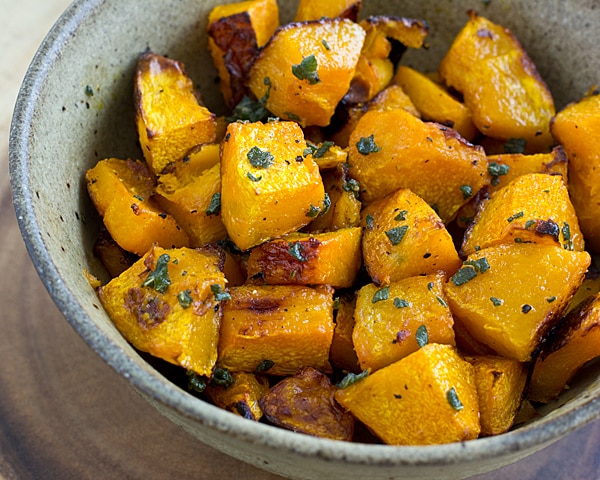The main purpose of nutrition for recovery is replenishing glycogen stores, repairing and rebuilding muscle as well as re-hydrating in order to get to the next practice like new (the 3 Rs).
Fueling for recovery does change based on the intensity and duration of your workout as well as when your next workout will occur. For example: Someone that has football practice in the morning for 1.5 hours and then a 1.5 hour lifting session in the afternoon will need to put a little more effort in fueling for recovery versus someone that ran for 60 minutes and will play tennis in 2 days. Athletes that rest 24 hours or more between sessions, do not have to put emphasis on nutrient timing when it comes to glycogen, withstanding they consume enough carbohydrates throughout the day.

- Refuel (=replenish) - The main source of fuel utilized during exercise is carbohydrate. Carbohydrates are stored in the form of glycogen in the muscle and liver and these stores are drained the longer the activity is or the higher the intensity. Therefore, we need to replenish those glycogen stores, especially if there are multiple practices or tournaments in the same day. Refueling should start within 30-45 minutes after exercise. It is recommended to consume 1-1.5 gr/kg of carbohydrate every 2 hours up to 4-6 hours post activity (1 kg = 2.2 lbs. Example: 154 lbs=70 kg - Will need to consume 70-105 grams carbohydrates every 2 hours for up to 4-6 hours post exercise or until eating a meal).
- Rebuild - Exercise causes damage to the working muscle. Protein is the main nutrient that helps repair the damage and rebuild the muscle (muscle protein synthesis). Protein should be consumed within 2 hours of activity to promote a greater muscle growth. Combining protein with carbohydrate post workout has shown to enhance recovery. Recommendations for protein are 6-20 grams within 2 hours of activity.
- Rehydrate - During exercise we can lose quite a lot of fluids in the form of sweat. Sweat is not just contrived of water but also multiple electrolytes, mainly sodium, potassium and chloride. Therefore, to recover optimally we need to rehydrate with fluids and electrolytes. The best way to rehydrate properly is weighing yourself before and after practice. For each pound lost, drinking 16-24 oz is recommended. Hydrating throughout the day well, makes rehydrating for recovery much easier. Eating salty snacks and drinking a sports beverage could be a good way to help replenish some of the electrolytes lost.
Simple, right?! However, some people may have a hard time eating something post exercise. In that case, drinking could be an option. In fact, one of the best recovery drinks out there is chocolate milk. It has a combination of whey and casein (fast absorbed and slow absorbed high quality protein respectively), good amount of carbohydrates and its a liquid containing electrolytes. Win win!
Research also suggests the best ratio of carbohydrate to protein for recovery should be 2:1-4:1, chocolate milk is 3:1.
- Yogurt with strawberries
- Milk and a banana
- Protein bar, water and a fruit
- Fruit smoothie
- Turkey and cheese sandwich with a sports beverage
- Cereal with milk and blueberries
It is also important to mention that part of a good recovery plan includes sleep. For more info on sleep refer to previous Sleep blog.
Investing in recovery is as important as the time you invest in training so remember to refuel, rebuild and rehydrate to achieve optimal recovery




